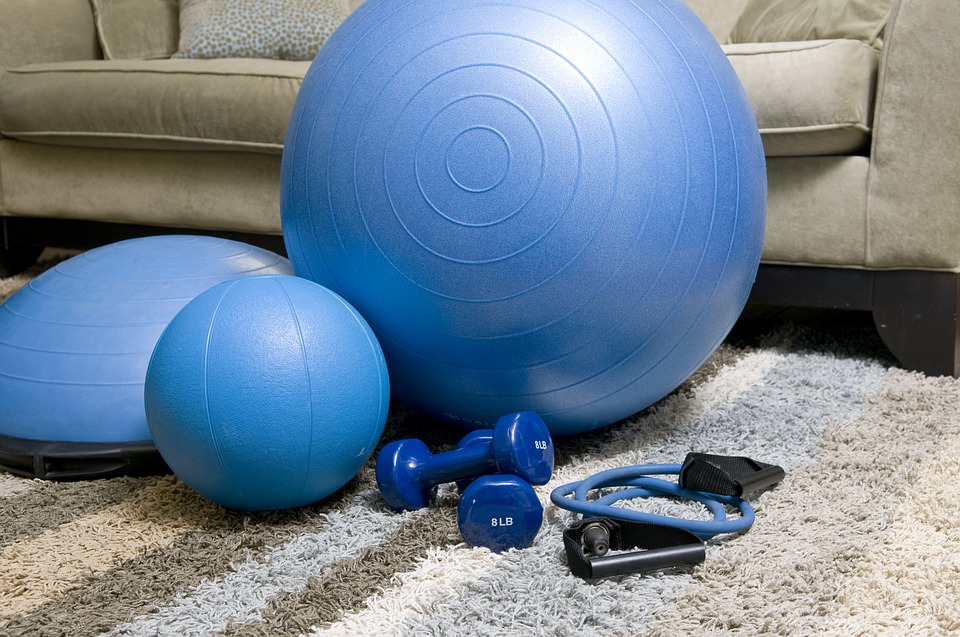Starting Afresh

With Christmas behind us for another year, January will no doubt be dominated by discussions about getting fit and losing weight. After spending ten days binge-watching Netflix and consuming an improbable amount of chocolate, our natural reaction is to join a gym or sign up to a diet programme. But do we really need to?
Like the New Year’s resolutions that inspire them, gym memberships are usually forgotten about as the months pass. They’re often quite expensive, and it’s possible to replicate many gym-based activities at home. Indeed, our homes are ideal venues for hosting the health programmes and dietary regimes we turn to, when the bathroom scales reveal the cost of all that festive indulgence…
Firstly, don’t bother subscribing to an expensive diet programme when you can prepare low-calorie meals at a fraction of the cost. A food processor and liquidiser will enable you to try the soup-and-shakes diets recommended for detoxing and short-term dieting. Stock up on superfood ingredients including flax seeds and blueberries, and experiment with different recipes to find smoothies and soups that are tasty and filling. Digital kitchen scales and a calorie-counting app will enable you to work out the calorific content of any meal. And why not fill your freezer with batch-cooked dinners and side dishes, ready for weeknights when time is short?
Fitness equipment might fill your local gym, but space-saving equipment like a fold-flat treadmill doesn’t have to fill your home. Mini ellipticals and exercise bikes stand less than a foot off the ground, with the latter designed to work while sitting on a dining chair. Resistance bands can be stuffed into a drawer when they’re not toning you up, and posture-enhancing exercise balls are quickly deflated. Stairs double as studio steps, while attaching a pull-up bar to a doorframe could improve your upper body fitness without requiring an inch of floor space. Fitness DVDs and YouTube videos are designed for full-body workouts in confined areas, with activities like press-ups and sit-ups requiring nothing more than a fitness mat or a rug.
Modern technology has inspired an assortment of digital monitoring tools, like the Fitbit watches that count our steps and monitor our sleep patterns. Wearable devices ranging from jewellery to clothing measure our heartbeats and exertion levels, usually linked to smartphone apps that set goals while monitoring workout performance. More specialist devices can measure muscle mass and body fat, accelerate muscle repair with painless electrical impulses, or guide you through a full workout with supportive messages and real-time feedback. Who needs a personal trainer when you’ve got Wi-Fi and a few well-chosen fitness gadgets?
Wishing you a very happy and healthy new year!
Back to Latest Posts




